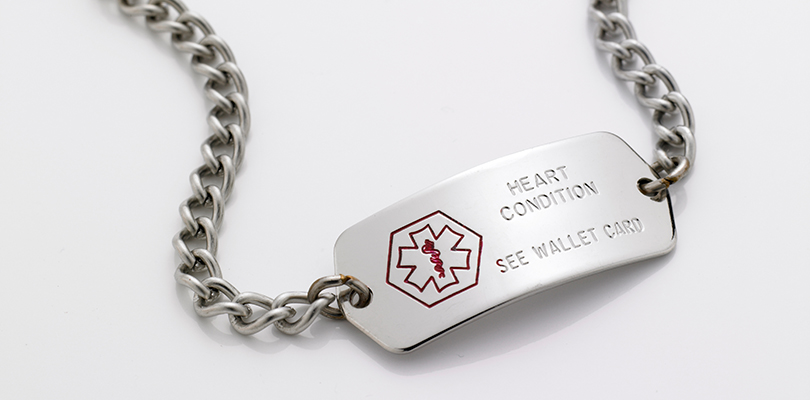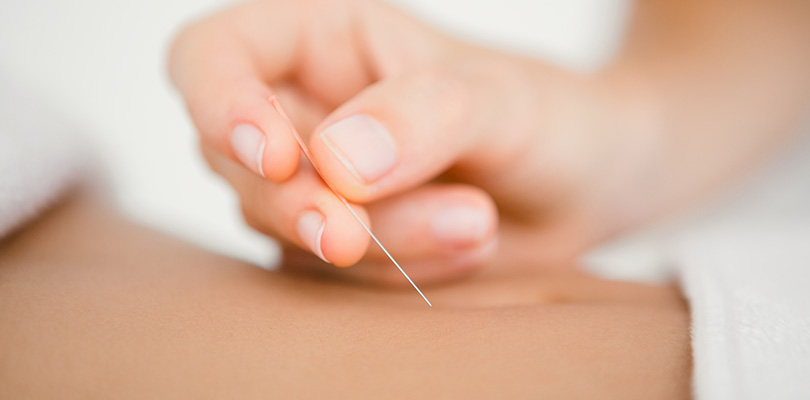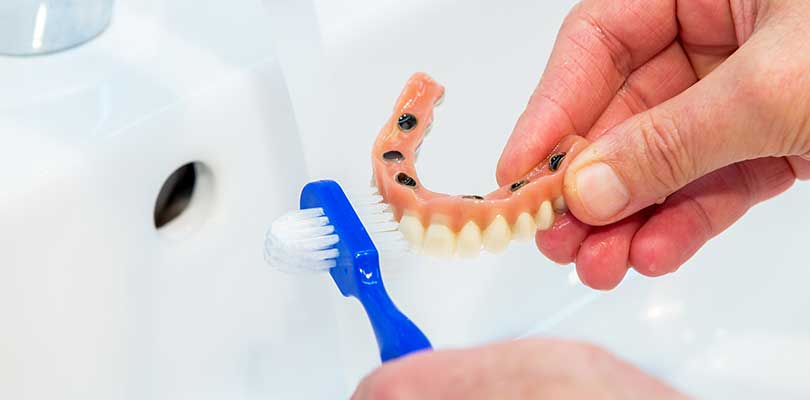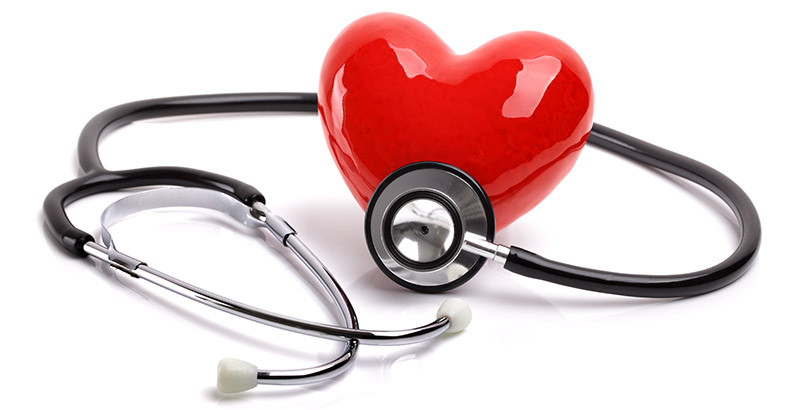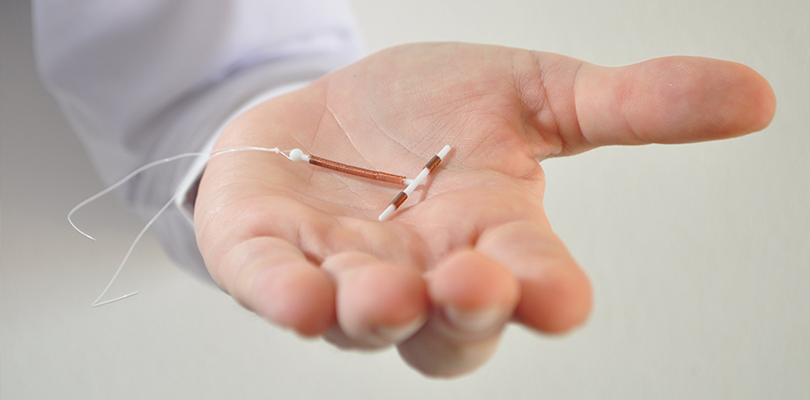Do Medical Alert Bracelets Work?
People that have certain allergies, take multiple medications, or suffer from an ongoing condition will benefit from wearing a medical alert bracelet.
During an emergency, you may be unconscious, incoherent or panicked. However, a medical alert bracelet says what you cannot. This simple ID is often suggested by doctors because it can effectively communicate information during an emergency.
Let’s take a look at the ways that medical alert bracelets work and why you should be wearing one if you have certain conditions.
What Are Medical Bracelets?
Medical alert bracelets are worn to express certain medical information. They can be engraved or have symbols that represent conditions, allergies or other relevant medical information.
Often, they are relied on by emergency responders to evaluate the situation and provide proper immediate care quickly.
Advantages of wearing a medical alert bracelet:
- Avoid Medical Errors – It has been reported that nearly half of all medical mistakes occur during admission and discharge. However, wearing a medical bracelet serves as a reminder to physicians and could help avoid costly or critical errors. Remember that small facts about your medical history can have an enormous impact on recovery, medication prescriptions, and even treatment plans.
- Quick Diagnosis – Medical professionals may be able to quickly diagnose a problem if they are aware of your condition right away. This could save you time and money.
- Peace of Mind – You and family members will feel better knowing that critical information is available immediately during an emergency.
Are They Helpful?
Yes. Emergency medical responders are trained to look for medical alert bracelets as soon as they make contact with the patient. The first few minutes of an emergency are usually the most critical.
Having information visible can protect those precious moments and make sure you are getting the help that you need. Plus, once you are transported to a hospital, the staff will also be able to quickly identify relevant information so they can serve you faster and more efficiently.
There are a few ways to keep your breasts healthy, from nutrition to exercise, and lifestyle changes. Here are a few ways to achieve optimal breast health.
Options Available
There are many, many bracelet options to choose from. In fact, there are even multiple designs available that range from simplistic to stylish. However, keep in mind that you want to be sure that your bracelet is easy to identify.
You can purchase a medical alert bracelet via multiple online retailers or through a surgical supply store.
What to Include on a Medical Alert Bracelet
There are many things that individuals choose to include on their bracelet. Examples may be:
- Blood type – This information removes the step of having to test your blood. If this information is available, it means that you could save yourself a few precious moments if you need an emergency blood transfusion.
- Conditions – Alzheimer’s or Diabetes patients are especially at higher risk when it comes to experiencing medical emergencies. Knowing which conditions you have, will help doctors and staff to evaluate your situation faster and provide proper care.
- Allergies – An allergic reaction can take on many forms, being aware of an allergy can help responders treat you immediately rather than running unnecessary testing.
- Disorders or impairments — It is important that medical professionals be aware of existing issues such as being blind, deaf, or having a mental illness so that they do not mistake them as being a symptom of your emergency.
- Medications — Medications may react with other treatments so knowing this right away can help avoid that confusion.
- Emergency contact number — Consider whom you would like notified in the case of an emergency. Make sure this person has an understanding of your medical history.
- Name of doctor — Medical professionals may want to collaborate on the treatment plan that is best for you.
If you have a lengthy medical history, you can even include a small note such as “check wallet for medical information” so that responders can assess that information before treating you.
Do You Need One?
If you suspect that you have relevant medical information that should be known during an emergency, you should discuss your options with your health provider.
Simply wearing a bracelet could be what ends up saving your life.
